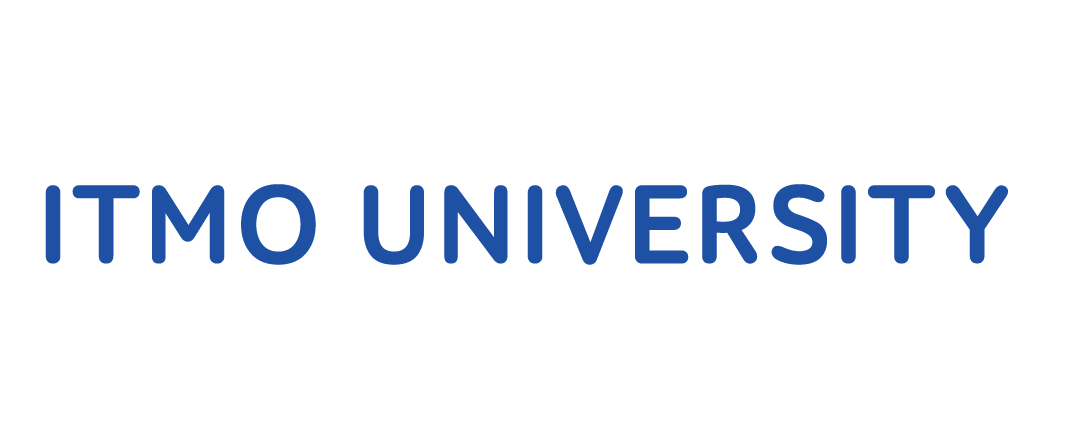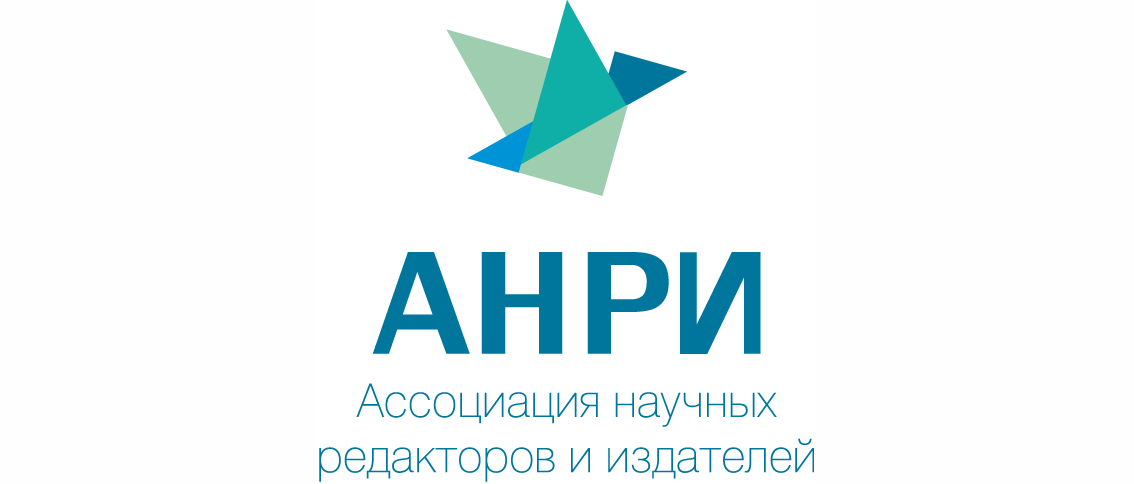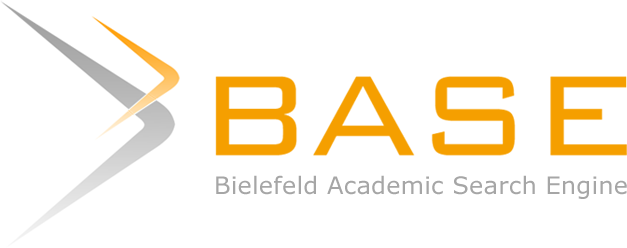Menu
Publications
2025
2024
2023
2022
2021
2020
2019
2018
2017
2016
2015
2014
2013
2012
2011
2010
2009
2008
2007
2006
2005
2004
2003
2002
2001
Editor-in-Chief

Nikiforov
Vladimir O.
D.Sc., Prof.
Partners
doi: 10.17586/2226-1494-2018-18-6-946-953
SELECTION OF OPTICAL SYSTEM PARAMETERS AND METHODS FOR SOFTWARE DEVELOPMENT OF TECHNICAL VISION COMPLEX FOR THREE-DIMENSIONAL PRINTING
Read the full article
Article in Russian
For citation:
Abstract
For citation:
Izmaylov D. V., Bodrov K. Yu., Tolstoba N. D. Selection of optical system parameters and methods for software development of technical vision complex for three-dimensional printing. Scientific and Technical Journal of Information Technologies, Mechanics and Optics , 2018, vol. 18, no. 6, pp. 946–953 (in Russian). doi: 10.17586/2226-1494-2018-18-6-946-953
Abstract
Subject of Research.The paper presents the study of methods for control of rapid prototyping processes with the use of technical vision hardware and software system. Product monitoring is a crucial function of any manufacturing process. It becomes more important when the monitoring is performed during the the product manufacturing. Three-dimensional printing technology requires this kind of monitoring system in order to improve the visual and durable qualities of the product, optimize the material costs and the speed of manufacturing. Method. The parameters of the optical system for capturing images in the printing process are defined in theory. Optical systems are selected providing the necessary image quality. The analysis of the camera placement configuration has been carried out to match optimally the task. The analysis was based on overall dimensions of the 3D printer, its working area and free space in the printer case. The ways for solution of software part problems were analyzed. Main Results. A mathematical apparatus was developed for calculation of the optical system parameters of a technical vision complex. Different variants of optical systems were selected for efficiency verification of the hardware and software system. Different methods for development of programs and algorithms for data processing from video cameras were considered. Practical Relevance. The development of the hardware and software system that controls the rapid prototyping process has a significant benefit in expanding the possibilities of automating rapid prototyping processes. The results of the work can be useful in quality control of the product during its manufacturing, in disclosure of deviations from the virtual three-dimensional model, in development of recommendations for control commands update in order to improve the quality and increase the speed of product manufacturing.
Keywords: 3D-printing, optical system, technical vision, software, recommendation systems, defect detecting, quality control, camera, prototyping
References
References
-
Valetov V.A. Additive Technologies: State and Prospects. St. Petersburg, ITMO University, 2015, 63 p. (in Russian)
-
Valetov V.A., Bobtsova S.V. Molds making using RP-technology. Scientific and Technical Journal of Information Technologies, Mechanics and Optics, 2004, no. 4, pp. 306–309. (in Russian)
-
Bobtsova S.V., Valetov V.A. Possibility of rapid prototyping technology using in instrumentation. Scientific and Technical Journal of Information Technologies, Mechanics and Optics, 2001, no. 3, pp. 97–103. (in Russian)
-
Valetov V.A., Bobtsova S.V. Influence of RP-technology on the product quality. Instrument i Tekhnologii, 2004, pp. 20–24.
(in Russian) -
Ivashchenko M., Bodrov K., Tolstoba N. Educational area for learning of optics and technologies: union of Open Laboratories of Ideas, Methods and Practices (OLIMP). Proceedings of SPIE, 2016, vol. 9946. doi: 10.1117/12.2238002
-
Ivashchenko M.I., Bodrov K.Yu. Organization and structure of the Open Laboratory of Ideas, Methods and Practices. Working with the initiative youth. Internet-Zhurnal Naukovedenie, 2015, vol. 7, no. 3, p. 151. (in Russian)
-
Saitgalina A.K., Tolstoba N.D., Mityushkin A.V. Development and production of test samples for the study of the strength properties of the plastic optical equipment for educational stands. Proc. 5th All-Russian Congress of Young Scientists. St. Petersburg, vol. 2, pp. 146–150. (in Russian)
-
Saitgalina A., Mityushkin A., Tolstoba N.D. Research of limits of applicability of an open-source equipment for development the optical equipment kit. Proceedings of SPIE, 2016, vol. 9889. doi: 10.1117/12.2227869
-
Bodrov K.Y., Tolstoba N.D., Izmailov D.V. Computer vision system selection for control of rapid prototyping processes.
Proceedings of SPIE, 2018, vol. 10695. doi: 10.1117/12.2313959 -
Nyquist H. Certain topics in telegraph transmission theory. Transactions of the American Institute of Electrical Engineers, 1928, vol. 47, no. 2, pp. 617–644. doi: 10.1109/t-aiee.1928.5055024
-
Zhmud V. Nyquist-Shennon and Kotelnikov theorem, the
uncertainty principle, and the speed of light. Automatics and Software Enginery, 2014, no. 1, pp. 127–136. (in Russian) -
Grammatin A.P., Romanova G.E., Balatsenko O.N. Calculation and Automation of the Design of Optical Systems. St. Petersburg,NRU ITMO, 2013, 128 p. (in Russian)
-
Computational Optics: A Handbook. Eds. M.M. Rusinov,
A.P. Grammatin, P.D. Ivanov et al. Moscow, Mashinostroenie Publ., 1984, 423 p. (in Russian) -
Bradski G., Kaehler A. Learning OpenCV. Computer Vision with the OpenCV Library. O’Reilly Media, 2008.
-
Garcia G.B., Suarez O.D., Aranda J.L.E. et al. Learning Image Processing with OpenCV. Packt Publ., 2015, 223 p.
























